The sheer concept of paranoia has (justifiably) given John Carpenter’s 1982 film THE THING new life as an eerie and prescient quarantine screening these days. We’ve spent so much time simply trying to survive that collectively I’m afraid we haven’t even begun to prepare ourselves for the distrust that will inevitably settle as a byproduct of this pandemic. Like Kurt Russel’s MacReady, I feel a shiver run down my spine as I look around at my fellow man. I find myself side-eyeing everyone I see during the few essential errands I run when I’m not cooped up in my apartment—supermarkets, Home Depot, even the gas station, each potentially filled with infested heathens who don’t believe any of this is real.
This, in theory, makes CARRION uniquely qualified to make a splash right now, a game that’s press run has often drawn comparisons to Carpenter’s body horror masterpiece. Dubbed a “reverse horror” game, players get to see the other side of the story, playing not as the humans looking to ward off alien symbiotes or mutated monsters, but rather as a slowly evolving creature of unknown origin. The lead character might be a sharp-toothed, terrifying, tentacled monster, but he’s YOUR sharp-toothed, terrifying, tentacled monster.
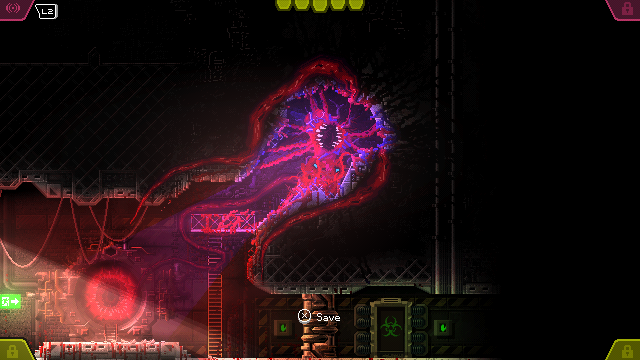
Outside of Mario’s winning smile, thats the most satisfying set of chompers you’ll see in a game this year
Exchanging hushed, doubt-filled pathos and pressure cooker character development for fast moving and violent Metroidvania gameplay admittedly strips CARRION of any true narrative appeal—if popping out of air vents and walls to grotesquely murder scientists, take control of human hosts, and largely disrupt teams of researchers seems like your kinda mayhem, this is your game. The feeling of horrific power fully delivers, and not just for brief spells of morbid curiosity, but for the whole game. As levels progress, CARRION smartly finds our creature discovering bio-hazardous power ups that make it more powerful in unique ways, be it to torment those who are fending for their lives in the base or to navigate the often well-designed puzzles. Those puzzles involve shifting the creature’s form to be more or less powerful, or using new power-ups to enter locked rooms or new areas of the map, and they’re strengths of the level design that will likely get overshadowed by the joy that comes with the larger concept itself; while killing innocents involves a degree of slapdash, button-mashing euphoria, the platformer puzzles provide a nice balance.
CARRION isn’t without some obvious mechanical faults. The lack of a conventional map system makes the navigation of the world incredibly confusing. The larger objective for each level, to effectively stake your monster DNA throughout areas of the map, keeps things somewhat straightforward, but should you stray from your path or not know where you are in the world even slightly, it can have you frustratingly circling familiar spaces for minutes on end. The actual control mechanics of the monster can at times be obviously frustrating as well. Acting as an airborne, free-floating character who can effectively glide around the 2D map rather than conventionally jump from platform to platform, level to level, is both a thrill and an occasional annoyance. As you progress your creature’s character design grows exponentially bigger, and its ability to navigate sharp corners of the map or hit pipelines or doorways becomes more unwieldy—it’s a minor gripe given how fast-paced the character movement feels compared to others in the genre, and that sheer feel of the character movement is undoubtedly a unique plus, but it can make later levels an unnecessary headache.
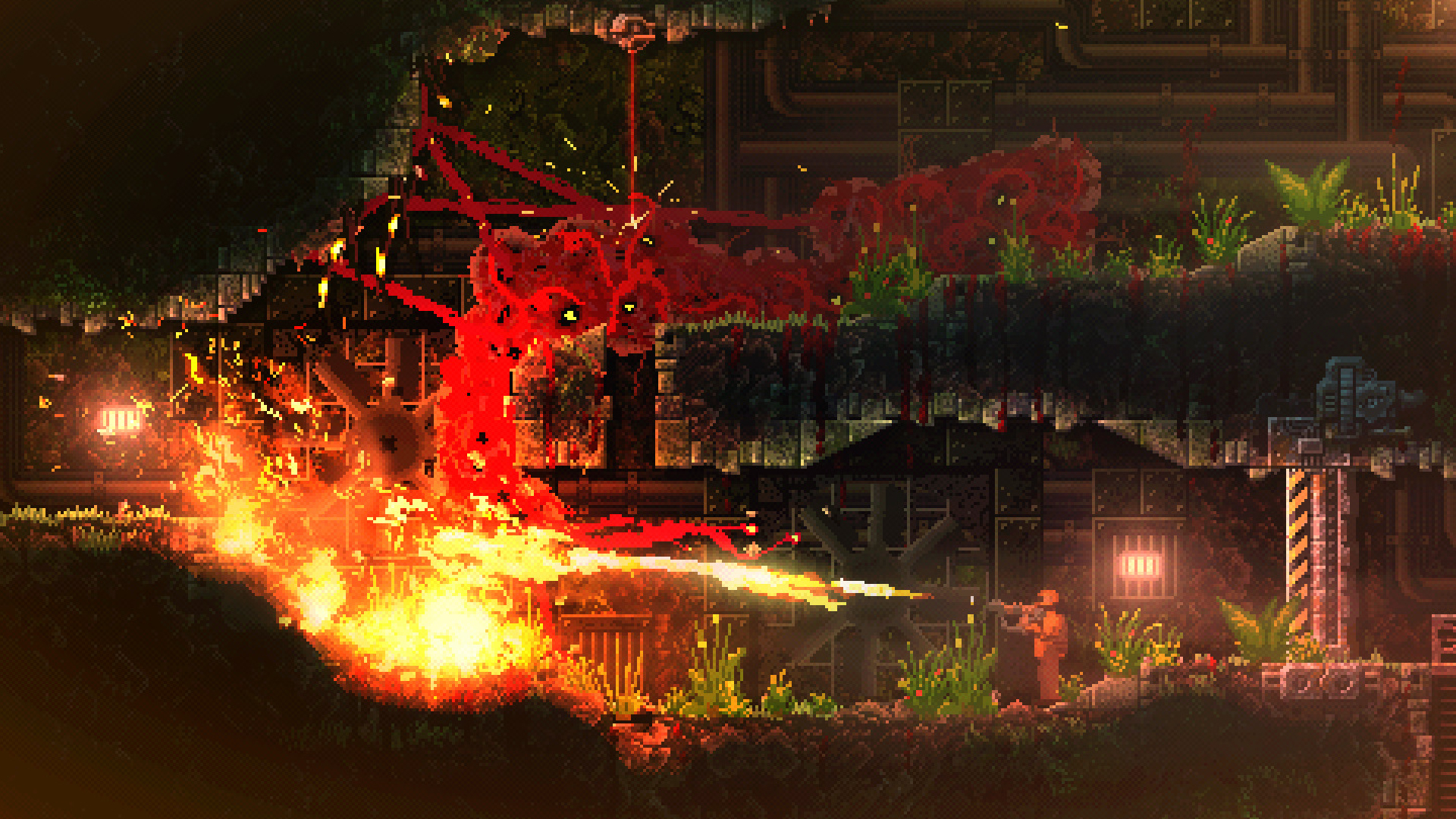
You know shit is about to get absolutely bonkers when someone tries to flamethrower your ass
These gripes feel glaring, and even universal based on conversations I’ve had with others who have played it, but fortunately CARRION isn’t a long game, and the experience of massacring a room of unsuspecting scientists really does go a long way toward course-correcting any frustration you might have. Levels are repetitive in terms of structure but upgrades keep puzzles fresh and there are always more enemies to stab with your wavy tentacle arms or body control into killing their colleagues. The score and visuals additionally do some heavy lifting to build out the reverse horror conventions—more than once playing the game, I found myself a bit creeped out at the character I was playing, which feels like a strange, impressive achievement. And as fun as it is to satisfyingly kill a boss in other similar 2D platformers, the gameplay mechanic is flipped here where you are the boss, and that works really effectively even if it rarely ratchets up the difficulty.
There are minor attempts to insert some backstory into the game, asides in which you leave the creature perspective and play as a human who set the loose story in motion, and as creepy as the build to the start of that sideplot plot feels, it never quite lands the way a story interlude for a horror game should. Outside of these flashbacks, the game goes out of its way to strip the narrative of anything detailed (hence why it kind of actually does kind of work as a faceless sequel to THE THING), but the subversion of the larger reverse horror convention could be dug into further. And sure, that could lead to a dumbed down “monsters have feelings too!” thematic device, which would even maybe work in the context of the game (you do have feelings, don’t you?), but just exploring the sheer paranoia of a constantly evolving monster trapped in a research base would push CARRION further emotionally. Yes, CARRION doesn’t need that, three minutes into it you’re whipping scientist bodies into the concrete wall with your tentacle arms and readily forgiving any of its faults, but combined with its few gameplay issues the lack of grander narrative and thematic aspirations hold it back from brilliance.


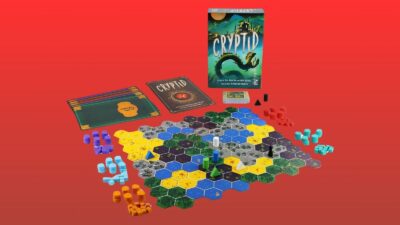
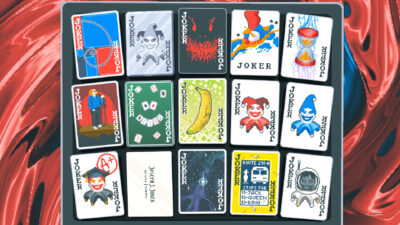
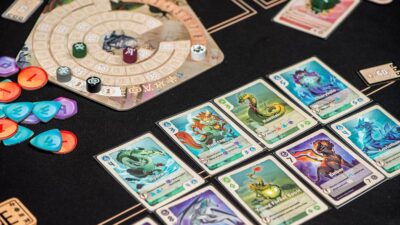
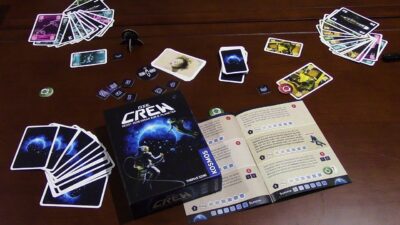

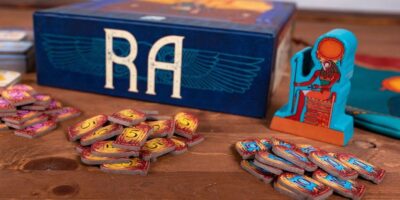
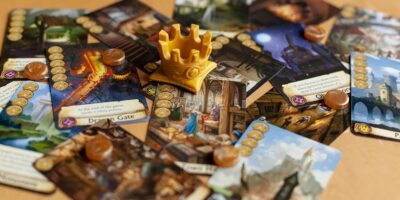
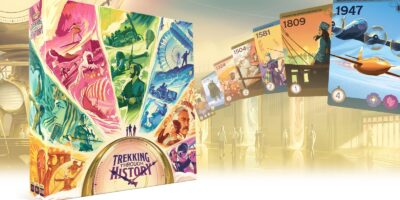

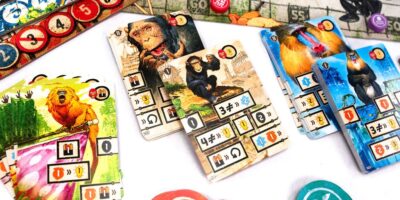




Comments